Underfloor heating, or infloor heating as it is also called, is a very efficient, comfortable, and healthy way to heat a home. Radiant floor heating can be done with air tubes, hydronic (liquid) tubes, or heating wires. It can be installed in concrete slab floors, under tile floors, or even engineered wood floors.
When you combine underfloor heat with a waterproof screeding (read more), you can transform a humid and cold basement into comfortable living space.
Radiant heat for comfort
The benefits of radiant heated floors are many, but first is comfort. When your feet are happy, you are happy. Well at least it helps. It won’t cure a bad mood, but adding cold feet to the mix when you're already feeling crochety is really going to grind your gears.
There is a lot of science behind how to create a thermally comfortable home (learn more here), but the short story is that contact with warm surfaces is really nice. Same reason you like heated seats in your car. Sitting in a cold car is far more tolerable if your butt is warm. In your house, having warm feet makes a lower air temperature seem more tolerable, at least slightly.
So in theory, you can maintain a lower temperature setting if you have underfloor heating. I say in theory, because most research says people with radiant floor heating keep their thermostat settings where they've typically kept them and instead just bask in the heat. And hey, who wouldn’t I guess. It’s like your feet are getting a direct injection of BTUs right from the source, which feels really nice, so live it up if that's your thing.
Types of underfloor heating
The most common floor heating system is hydronic (read more) where heated liquid is pumped through floors, usually below a concrete slab floor. A less common method is when hydronic tubing is placed in pre-cut tracks in plywood subflooring, which is a more functional option for upper floors with radiant heat.
Air heated radiant floors is a less common but excellent option for radiant floor heat. They operate similar to hydronic/liquid systems, but rather than pumping liquid through a floor, air is blown through tubing that is circulated by a central heater box that has heating coils through which the air passes. Like a hydronic system these are ‘closed loop’ systems so the air is not exchanged with the air in the house.
Electric wire under floor heating is another option, where heating wires are embedded in flooring.
Should you use water or glycol in hydronic radiant heating?
The liquid in hydronic floors can be just water, unless there is a risk of freezing, in which case glycol is used. But a word on that – If you are building a radiant under floor heating system and you are worried about it freezing, then you are likely doing something very wrong.
The slab below a home should never be so poorly insulated that it can freeze in the absence of heat in the home. If it does, then the ground below your footings will have already frozen and that’s a very bad thing. Sorry to get side tracked, just be sure to insulate below your basement floor properly and then using water is not a risk. That also avoids headaches using glycol such as:
Additional cost: water is pretty affordable
Heat transfer: water transmits heat better than glycol
Contaminated ground: Leaks are not impossible, and glycol can contaminate ground water
Thermal mass for storing heat
One of the great benefits of radiant heat when its installed within a concrete slab floor, is how the concrete acts as a thermal battery to store and release heat. This can help you ride out a short power outage in winter as it takes a long time for concrete to cool off, so your home stays warmer longer.
Thermal mass in homes also allows you to run underfloor heating systems only at off-peak hours if you live in an area with flexible rates. It can take many hours before you would even notice a drop in temperature, so you can put the system on a timer to only go on at night or low peak hours.
Underfloor heating helps keep air cleaner
Most home heating systems in North America are forced air, and that constant movement of air stirs up and transports dust, dirt, allergens pathogens throughout a home. I’m not saying that is a catastrophic effect, its more just to point out another advantage. Radiant floor heat does not stir the air in a home, and so people with allergies and chemical sensitives may be a little more comfortable.
Gas or electric under floor heat, which is best?
We at Ecohome have long been advocates of radiant floor heating for the comfort, efficiency, heat security, and improvement in air quality. Some of these systems can be powered only by electricity (electric wire systems), where hydronic and air systems can be fueled by natural gas or electricity. We stongly recommend heating with electricity over fossil fuels, as natural gas heating is being phased out of homes for heating for ecological reasons, but an equally valid reason are the health concerns from heating and cooking with natural gas
Now you know more about electric home heating, learn more about sustainable home comfort, energy efficiency and how to reduce the carbon footprint of homes on the following pages and in the Ecohome Green Building Guide.
Find more about green home construction and reap the benefits of a free Ecohome Network Membership here. |
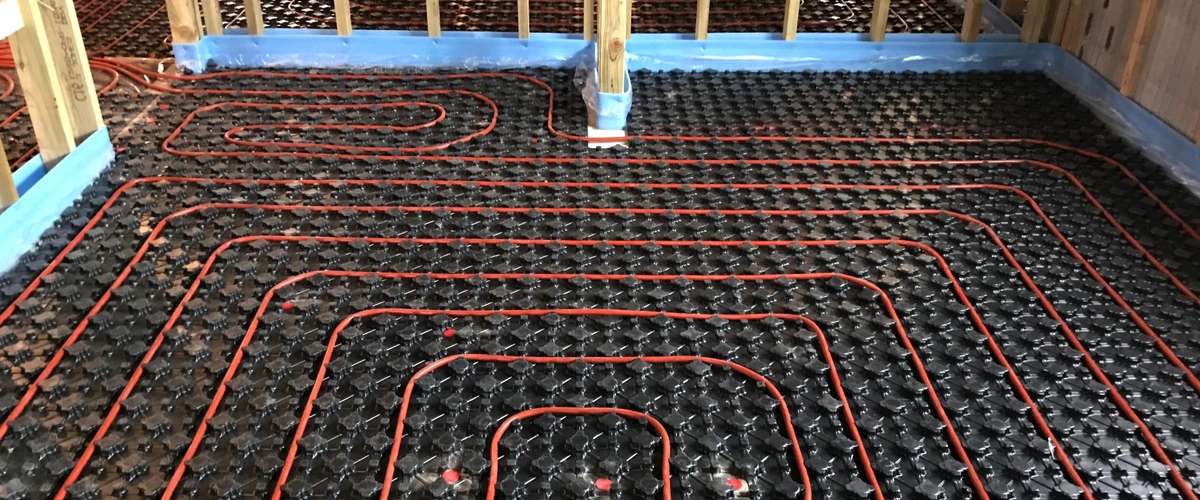


















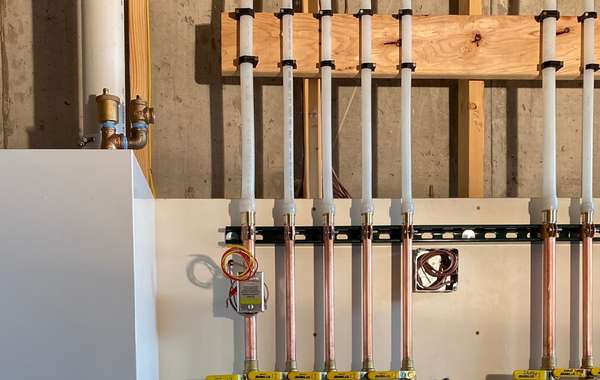
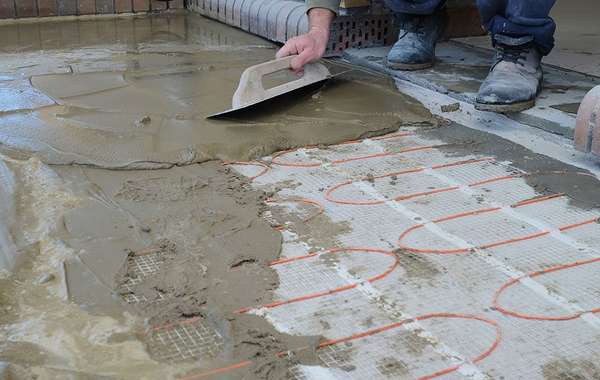

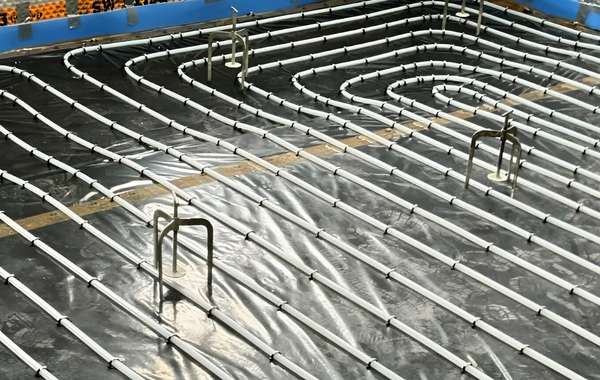
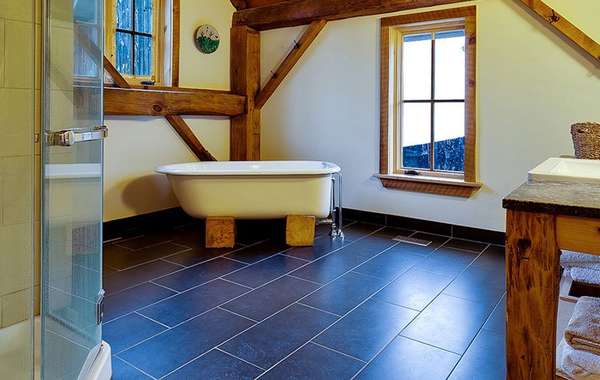



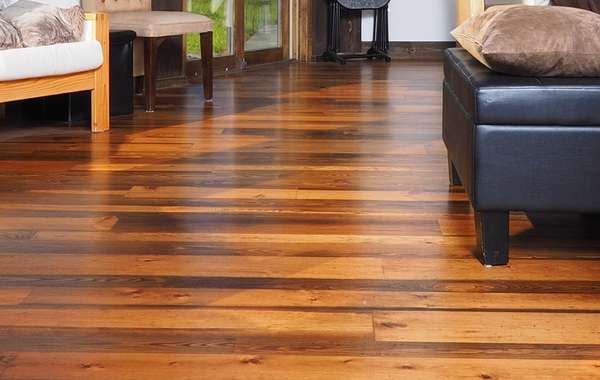

Comments (0)
Sign Up to Comment